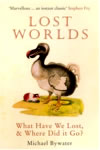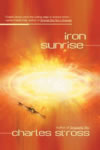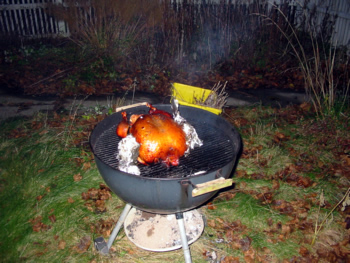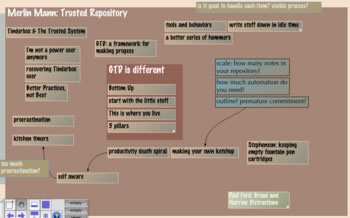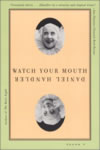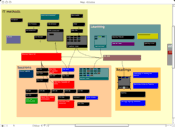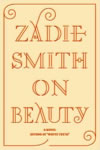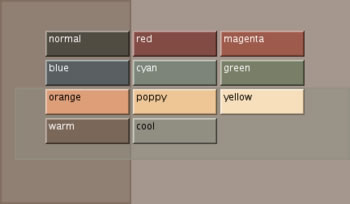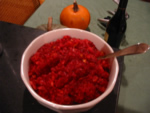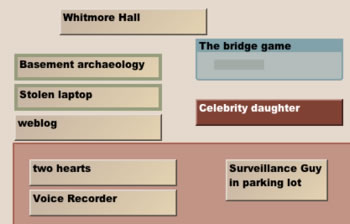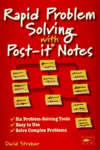Lazy managers (and the consultants who abet them) would like to believe that information overload creates a dire threat -- that too much information leads to bad decisions. Even in casual decision-making, abundant information leads to so much improvement that it's going to transform the way we all spend time and think about art.
When I started, almost five years ago, to jot down the movies I've seen in the margins of this page, I thought it might be nice to distinguish the movies I liked from those I didn't. At the time, I expected a simple scale would work:
worse....bad....good....even better...really good
A "really good" movie might be Apocalypse Now or Casablanca or Buffy Season 3 -- a movie that you're likely to want to see many times, a movie that obviously changes the way you look at movies. In some years, no new movie is "really good" -- but because we've got many years of backlog, it's still a useful category. A "good" movie would then be one of the best movies that appear in a year. A bad movie eats time; a movie that is worse is pernicious.
This scale worked then; it doesn't work now. I've seen seven consecutive "good" movies. How can this be?
In 2000, I patronized a pokey neighborhood rental store and asked the clerk with the purple hair what she liked. I browsed the shelves and read the ad copy. Friends sometimes mentioned a movie.
In 2005, I've got a Netflix list a mile long, I've got IMDB and Ebert on the Web, and I've got plenty of weblogs (and readers of this page) to advise me. I see roughly the same number of movies -- this is a down year, but that's just a side-effect of Tinderbox for Windows -- but I'm much less likely to see a movie that's going to be really bad. The result is that there's almost no useful information in the ratings.
The Guide Michelin started out as tech doc for motorists, including whether the food at various roadside places was worth a stop, or even worth going a little further down the road if you could spare the time. All the 'good' movies are worth an hour or two, and if I've got a lot of 'good' movies in a row, well, it makes the long Fall evenings a little warmer.
Does having Ebert on tap -- even though he writes in Chicago and I live in Boston -- make my decisions worse? Of course not. Does it hurt to have a complete run of The New Yorker film reviews on DVD? Nope. Does IMDB make me more, or less, likely to add a good movie to the list? Sure, I can waste time trying to choose a movie to watch; we can always find ways to complain about opportunities to waste time.
The managerial fantasy that hard work and thorough study are inferior to intuition and innate character is silly.
